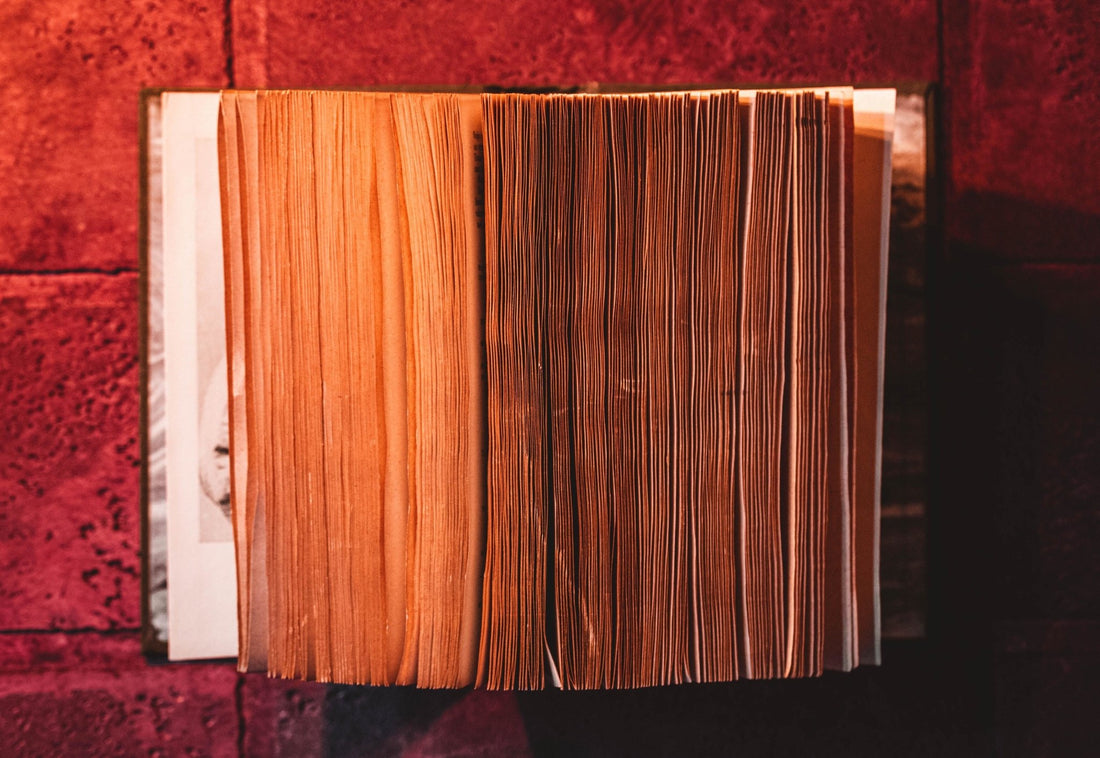
Novel Writing Part III - Creating Characters
Share
Choosing a main character is a big deal. Think about what Harry Potter would look like if J.K. Rowling had decided to tell the story from the point of view of the spoiled rich Ravenclaw child of a Daily Prophet employee instead. Would it have been a bad story? Probably not. But it would have been a different story for sure. A main character (or any character in a book) needs to be tied directly to the plot, so when the character changes, so does their tie to the plot. Let’s take a look at the things that set characters apart from each other and how those thing tie them to a plot.
Physical Characteristics.
There are time when physical characteristics are a big deal and times when they aren’t such a big deal. Let’s take Harry Potter for example again. One of the physical features he’s known best for is his lightning bolt scar. The scar in itself might not be a big deal, but that scar is symbolic of his tie to the plot. It’s the scar he got from the series’ villain on the night that he was sent away from the wizarding world. Throughout the series, he’s identified by that scar. That’s kind of big deal. However, it doesn’t always directly affect the plot. But there are physical characteristics that can have a direct effect on a plot. For instance, the color of someone’s skin in a story about slavery in the South in the 1800s. Or someone’s gender in a story like The Handmaid’s Tale. Or the difference between a human’s role in Cinderella and an animal’s. It’s up to you to decide how important physical characteristics are to a story.
Personality Traits.
There are a few reasons that a character’s personality traits are vital to the writing of a story and the story itself. The first and most important being that you have to connect with your characters. If you don’t connect with them on some level, you won’t be able to tell their story in an engaging way. That doesn’t necessarily mean you have to like them or agree with everything they do, but you have to understand them. Another important reason is that you want your reader to connect with them. Again, they don’t have to like them or have a lot in common with them. But they have to understand them as a person and want to know more about them and their story. And last but definitely not least, a character’s personality will always decide the direction of the story. What a quiet, shy, self-conscious person chooses to do in a situation will be much different from what a self-confident, outgoing, impulsive person would do, and that has to be taken into account on every step.
Goals/Motivations
Every character, big or small, has to have a goal and motivations for that goal. You don’t necessarily have to discuss all of these things on the page, but if a character interacts with the plot, they have to drive it forward with their own ambitions. Your main character especially needs to have a goal in the story. This goal can easily change from the start of the story to the end of it depending on how they develop as a character throughout the story, but they at least need to have that goal because characters having goals is what makes a story a story. Are they on a quest for the holy grail, or are they simply trying to get married before the last page? The goal is whatever is important to your character and it’s their drive toward that goal that tells a story that people want to read.
Your character can be whoever you want them to be, but the focus should always be on the important things: how each character (and everything about them) is important to the story. If they’re aren’t important to the story, they’re dead weight, and if they are, the reader needs to feel like they are. This is what makes us carry those characters with us forever.